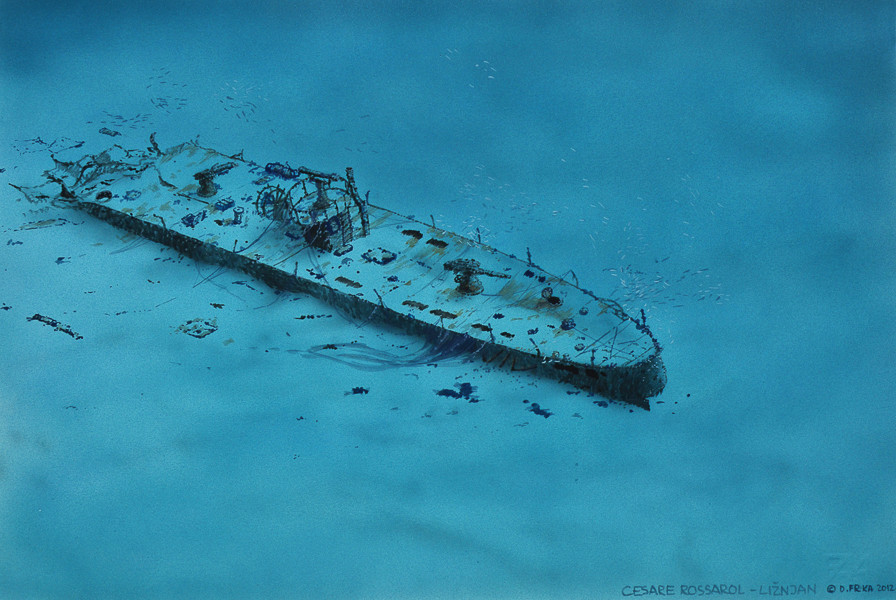
LIGHT CRUISER CESARE ROSSAROL
DEPTH: 47 - 50 m
SKILL: Expert
Cesare Rossarol, Alessandro Poerio class; Italian Navy
Built: S.A.I. Gio. Ansaldo e C. shipyard, Sestri Ponente, launched 15th August 1914
Sunk: 16th November 1918 (navigational error – hit a mine)
Dimensions: l=85 m, w=8.01 m
Coordinates: 44.84142° N, 14.00717° E
Location: near to Cape of Munat Veliki, close to Ližnjan, east coast of Istria
Access: 2/5 access is solely by boat (the location is in the open sea)
Visibility: 3/5 in summer poor to good, in winter considerably better
Current: 3/5 mostly weak, but due to the open sea occasionally moderate to strong
Flora and fauna: 4/5 varied life on and around the wreck, occasionally specimens of large fish
HISTORY:
The Cesare Rossarol belonged to a class of light scout cruisers (esploratore leggero) which were built in Italy immediately after the start of the First World War. in 1913: the Alessandro Poerio, the Cesare Rossarol and the Guglielmo Pepe. In the British Navy such ships were known as “scouts” because they were imagined as vanguards and as protection for larger, armoured warships. The Italian scouts were designed as fast and light ships, capable of sailing in the harshest weather conditions, and with it own armaments to be in the position to oppose larger and more powerful enemy ships.
The Cesare Rossarol was launched into the sea on 15th August 1914 and handed over to the Italian Navy on 1st August 1915. The Cesare Rossarol took part in missions throughout the Adriatic often paired with one of its sister ships. At the end of the war on 4th November 1918 the ship was transferred to the Northern Adriatic where it was part of the IV Division from Venice. On Saturday 16th November 1918 at 1140 hrs. the Cesare Rossarol sailed from Pula to Rijeka where it was supposed to be support for Italian troops from the units of the San Marco battalion because of occupation on the Kvarner-littoral islands.
The task was to guide the ship through a minefield which the Austro-Hungarian Navy had placed at all approaches to the port of Pula at the beginning of the war. For the blockade of the port of Pula 1,450 mines over five large minefields had been placed. Between the land and mined obstacles a passage was left about 2 nautical miles wide through which the Cesare Rossarol sailed until the Cape of Marlera, and then it turned towards the north. At 1245 hrs. a tremendous explosion shook the ship, and a tall column of water rose from the middle of the ship. The force of the explosion split the ship’s hull in two, and both parts began to fill with water. In just three minutes the bow and stern disappeared into the depths, leaving over thirty crew members on the surface, who were struggling against the waves. The northeast wind carried them towards the Cape of Munat Veliki, where they managed to reach the shore. It was only at about 1700 hrs. that the first rescuers arrived at the spot of the tragedy – the torpedo boat T-16, two motor torpedo boats and a truck for transporting the injured.
At the site near Cape Munat Veliki where the survivors swam to the shore, the Italians erected a monument to mark this maritime tragedy.
WRECK CONDITION AND DIVING:
The wreck today lies at a depth of 47 to 50 metres. The stern section is about 30 metres long and lies slightly leaning on its left side, and under the stern the right axle to the propeller and rudder can also be clearly seen. On the deck the well-preserved 102 mm calibre gun is visible as well as the heavy 40 mm calibre machine gun, thickly overgrown with crustaceans and sea vegetation. Especially interesting is the large rangefinder on a raised pedestal, next to which is the mechanism of the auxiliary steering gear. The brass wheels of the helm still sparkle with a golden sheen when we clean them down to the metal even today. Several openings in the deck lead below decks, however the entrance with diving equipment on one’s back is quite narrow. Peering through one of the openings we noticed in the beam of our lamps several plates and French style helmets stacked one on top of another.
The bow section of the ship is about 40 metres long and about 300 metres away from the stern. It lies completely upside-down on the seabed, with its keel turned towards the surface. The ship’s hull was torn as though made from paper with the force of the explosion. Through cracks in the hull artillery shells can be seen as well as masses of various parts of the plating and ship’s superstructure on the bottom around the wreck. Visibility at the dive site often varies from excellent to very poor, and the depth of about 50 metres is more appropriate for technical rather than recreational divers. Nevertheless today more and more divers visit the wreck of this once proud warship, the tragedy of which has not be forgotten. On the 85th anniversary of the sinking, on 18th November 2003 a memorial dive was organised on the wreck. Sometime before 1300 hrs. divers from Pula, Zagreb and Kraljevica and guests from Italy dived on the wreck and laid a wreath on its stern.
The description and illustrations are a courtesy of Danijel Frka and Jasen Mesić. Buy the whole book here: https://shop.naklada-val.hr/product_info.php?products_id=561
Built: S.A.I. Gio. Ansaldo e C. shipyard, Sestri Ponente, launched 15th August 1914
Sunk: 16th November 1918 (navigational error – hit a mine)
Dimensions: l=85 m, w=8.01 m
Coordinates: 44.84142° N, 14.00717° E
Location: near to Cape of Munat Veliki, close to Ližnjan, east coast of Istria
Access: 2/5 access is solely by boat (the location is in the open sea)
Visibility: 3/5 in summer poor to good, in winter considerably better
Current: 3/5 mostly weak, but due to the open sea occasionally moderate to strong
Flora and fauna: 4/5 varied life on and around the wreck, occasionally specimens of large fish
HISTORY:
The Cesare Rossarol belonged to a class of light scout cruisers (esploratore leggero) which were built in Italy immediately after the start of the First World War. in 1913: the Alessandro Poerio, the Cesare Rossarol and the Guglielmo Pepe. In the British Navy such ships were known as “scouts” because they were imagined as vanguards and as protection for larger, armoured warships. The Italian scouts were designed as fast and light ships, capable of sailing in the harshest weather conditions, and with it own armaments to be in the position to oppose larger and more powerful enemy ships.
The Cesare Rossarol was launched into the sea on 15th August 1914 and handed over to the Italian Navy on 1st August 1915. The Cesare Rossarol took part in missions throughout the Adriatic often paired with one of its sister ships. At the end of the war on 4th November 1918 the ship was transferred to the Northern Adriatic where it was part of the IV Division from Venice. On Saturday 16th November 1918 at 1140 hrs. the Cesare Rossarol sailed from Pula to Rijeka where it was supposed to be support for Italian troops from the units of the San Marco battalion because of occupation on the Kvarner-littoral islands.
The task was to guide the ship through a minefield which the Austro-Hungarian Navy had placed at all approaches to the port of Pula at the beginning of the war. For the blockade of the port of Pula 1,450 mines over five large minefields had been placed. Between the land and mined obstacles a passage was left about 2 nautical miles wide through which the Cesare Rossarol sailed until the Cape of Marlera, and then it turned towards the north. At 1245 hrs. a tremendous explosion shook the ship, and a tall column of water rose from the middle of the ship. The force of the explosion split the ship’s hull in two, and both parts began to fill with water. In just three minutes the bow and stern disappeared into the depths, leaving over thirty crew members on the surface, who were struggling against the waves. The northeast wind carried them towards the Cape of Munat Veliki, where they managed to reach the shore. It was only at about 1700 hrs. that the first rescuers arrived at the spot of the tragedy – the torpedo boat T-16, two motor torpedo boats and a truck for transporting the injured.
At the site near Cape Munat Veliki where the survivors swam to the shore, the Italians erected a monument to mark this maritime tragedy.
WRECK CONDITION AND DIVING:
The wreck today lies at a depth of 47 to 50 metres. The stern section is about 30 metres long and lies slightly leaning on its left side, and under the stern the right axle to the propeller and rudder can also be clearly seen. On the deck the well-preserved 102 mm calibre gun is visible as well as the heavy 40 mm calibre machine gun, thickly overgrown with crustaceans and sea vegetation. Especially interesting is the large rangefinder on a raised pedestal, next to which is the mechanism of the auxiliary steering gear. The brass wheels of the helm still sparkle with a golden sheen when we clean them down to the metal even today. Several openings in the deck lead below decks, however the entrance with diving equipment on one’s back is quite narrow. Peering through one of the openings we noticed in the beam of our lamps several plates and French style helmets stacked one on top of another.
The bow section of the ship is about 40 metres long and about 300 metres away from the stern. It lies completely upside-down on the seabed, with its keel turned towards the surface. The ship’s hull was torn as though made from paper with the force of the explosion. Through cracks in the hull artillery shells can be seen as well as masses of various parts of the plating and ship’s superstructure on the bottom around the wreck. Visibility at the dive site often varies from excellent to very poor, and the depth of about 50 metres is more appropriate for technical rather than recreational divers. Nevertheless today more and more divers visit the wreck of this once proud warship, the tragedy of which has not be forgotten. On the 85th anniversary of the sinking, on 18th November 2003 a memorial dive was organised on the wreck. Sometime before 1300 hrs. divers from Pula, Zagreb and Kraljevica and guests from Italy dived on the wreck and laid a wreath on its stern.
The description and illustrations are a courtesy of Danijel Frka and Jasen Mesić. Buy the whole book here: https://shop.naklada-val.hr/product_info.php?products_id=561

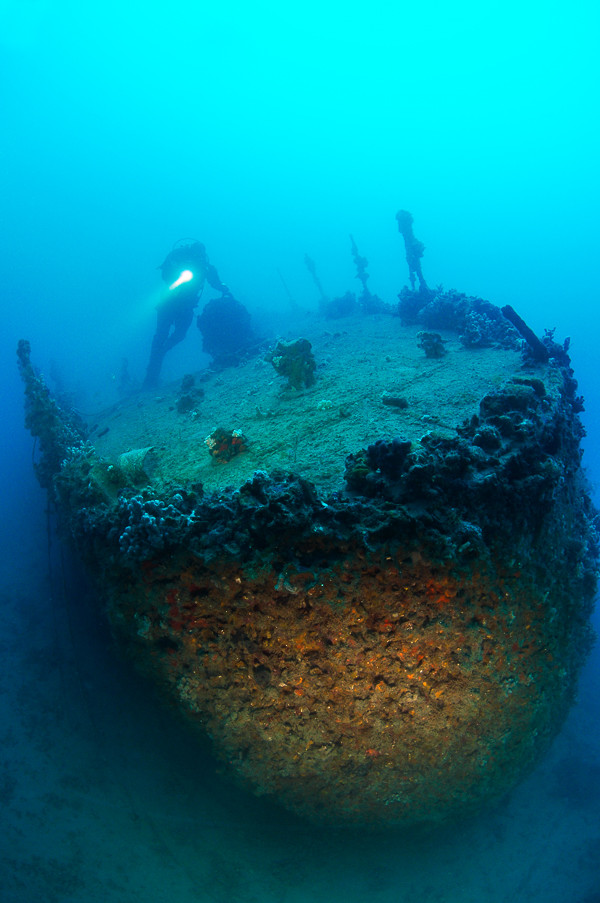
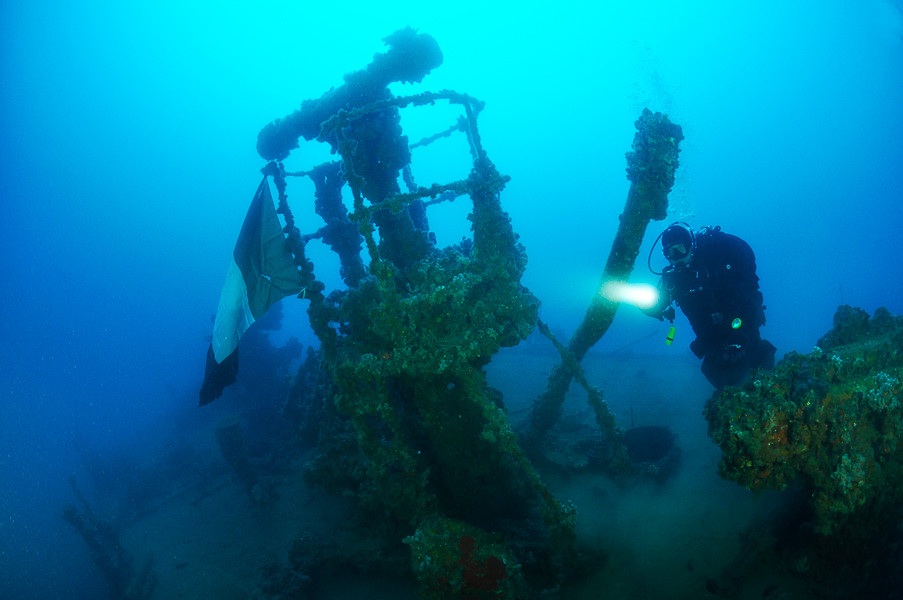
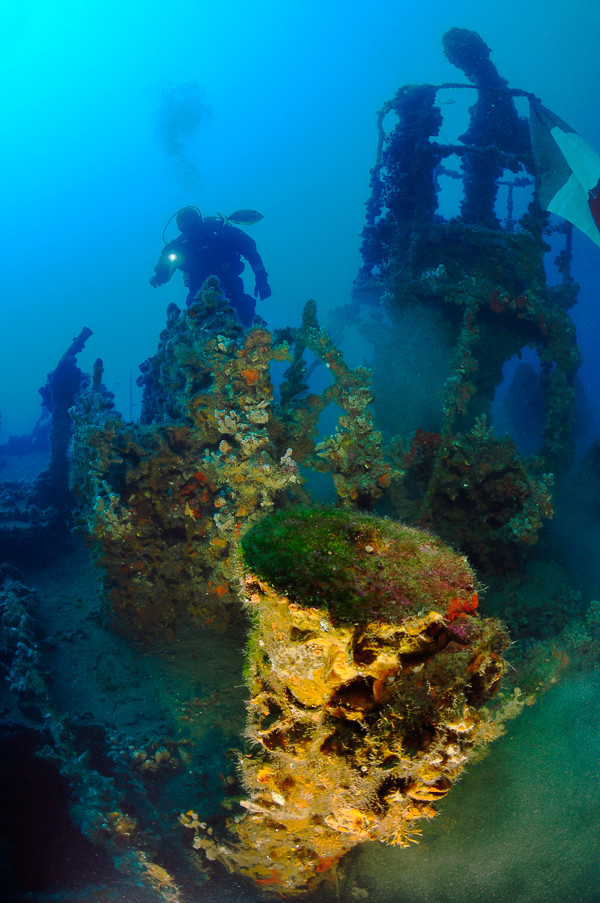

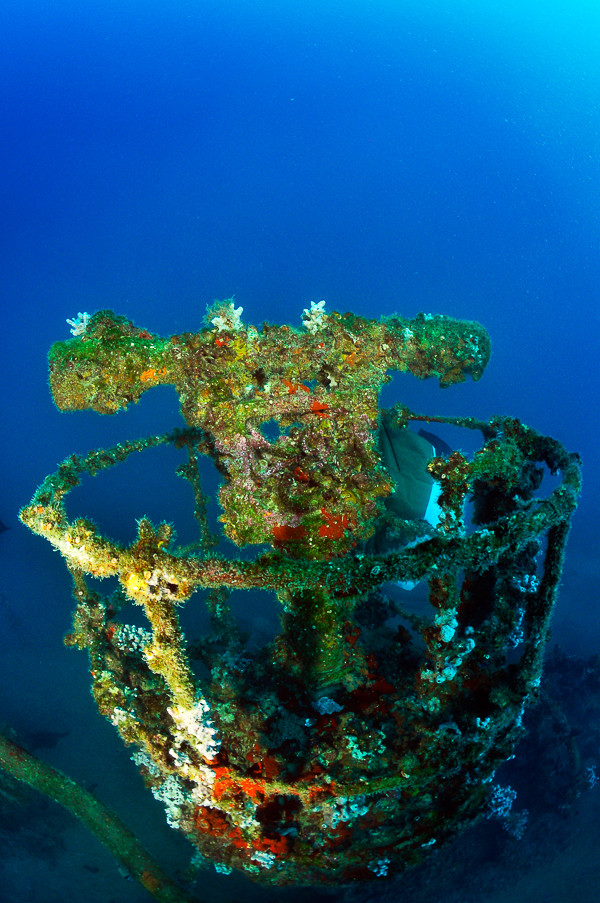


 The investment is co-financed by the Republic of Slovenia and the European Union from the European Regional Development Fund.
The investment is co-financed by the Republic of Slovenia and the European Union from the European Regional Development Fund.  H2O Globe BETA
H2O Globe BETA